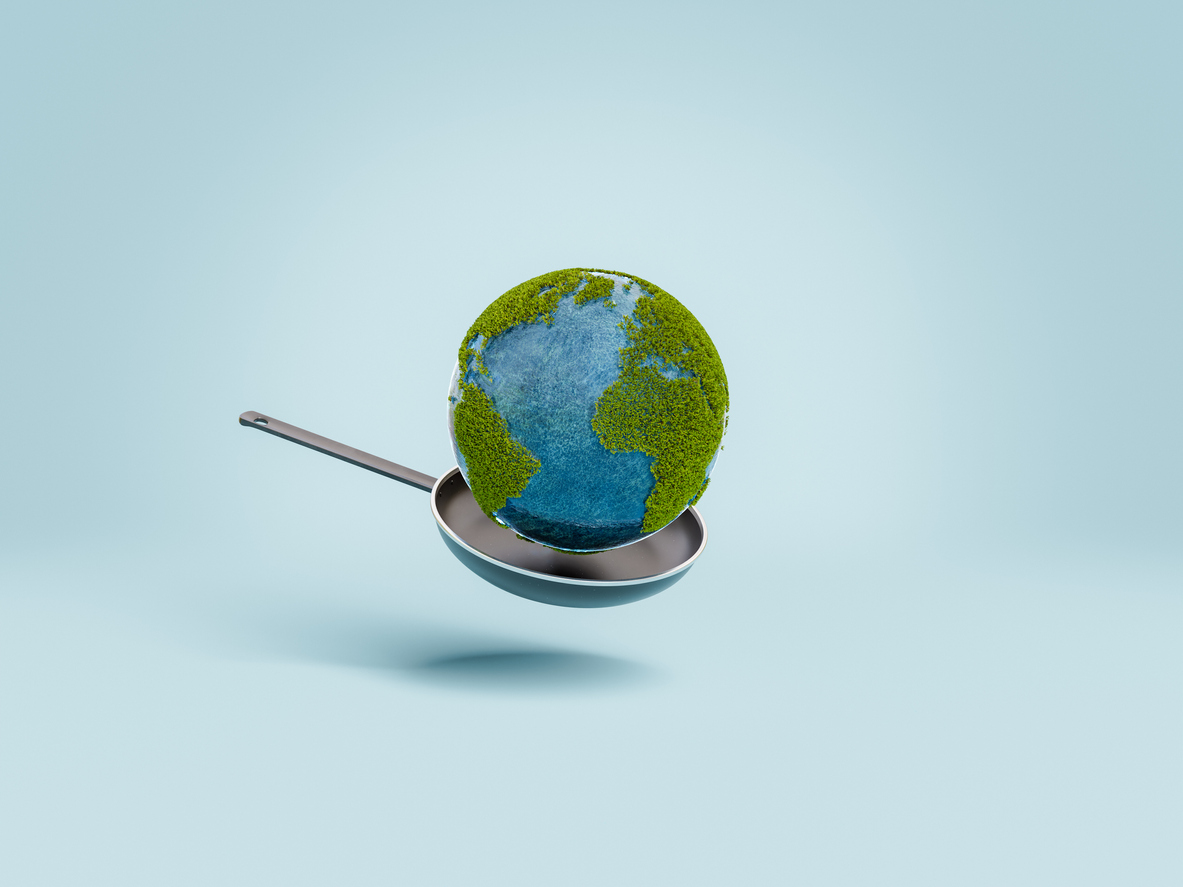Rhode Island Farm Purchase Program Targets New Farmers
April 16, 2018
This transition to suburbanization has cost the state 80 percent of its farmland since 1945, according to the Rhode Island Department of Environmental Management (DEM).
DEM’s Division of Agriculture wants to preserve the state’s shrinking stock of farmland while supporting an upsurge in young, first-time farmers. Farming contributes about $240 million annually to the local economy and offers another $90 million in habitat value, flood prevention, carbon sequestration and air-quality improvement, according to DEM.
In the coming weeks, the Division of Agriculture will publicize a solution that brings together land owners and would-be farmers. The Farm Access Program will make land more affordable by allowing the state to buy farmland at the appraised value, which is determined by its highest-price use, typically selling the land as house lots. The land will then be resold to a farmer for its agricultural value, which is typically about a fifth of the appraised price.
“What we are trying to achieve here is that agricultural value so that it is not impacted by market pressures,” said Ken Ayars, DEM’s chief of agriculture.
The program is funded through $3 million from the 2016 Green Economy Bond referendum. DEM has already tried to spend that money but hasn’t found suitable farmland for the program. Several new buyers and sellers emerged after a recent Associated Press report about the Farm Access Program and more are expected to come forward after the forthcoming media rollout by DEM and the Division of Agriculture.
Ayars and Michelle Sheehan, state land conservation program manager, are the contacts for the program. There are no deadlines to apply and the program will run continuously until the money is gone.
During public hearings for the program held in 2016 and 2017 the farmland-purchase concept received support from newer farmers and resistance from established ones. The program drew criticism from some farmers and politicians who are distrustful of state government.
At the hearings, some newer farmers said they hoped to stay in Rhode Island and support its vibrant food movement, but had to go to Massachusetts and other states were farmland is less expensive. Farmland in Massachusetts is valued about 25 percent less than in Rhode Island.
Mike Stenhouse, executive director of the conservative group Rhode Island Center for Freedom & Prosperity, says DEM should sell state-owned land to farmers rather than buying land and potentially lowering the price of farmland owned by existing farmers.
“It is not the role of government to play God and broker over farmland,” Stenhouse said. “The free market can take care of itself.”
Ayars noted that DEM isn’t owning the farmland but simply facilitating the transfer of land between farmers to make it more affordable and to ensure the space is preserved for agriculture.
Federal farm funding
The latest version of the national farm bill offers a 25 percent increases for the Specialty Crop Block Grant Program, which in Rhode Island supports the Harvesting Rhode Island TV series and research and development for new farm ideas, such as an automated green-laser scarecrow.
Overall, however, the Republican bill is being criticized for $350 million in cuts to farm programs and imposing work requirements for low-income recipients of food stamps. The cuts would also eliminate financial support for farmers markets and food hubs, organic certification, some loans for rural farms, and renewable-energy assistance.
The bill may have the votes to pass the House of Representatives. However, the Senate has promised to defeat the legislation and submit its own bipartisan bill.
Categories
Join the Discussion
View CommentsRecent Comments
Leave a Reply
Your support keeps our reporters on the environmental beat.
Reader support is at the core of our nonprofit news model. Together, we can keep the environment in the headlines.
We use cookies to improve your experience and deliver personalized content. View Cookie Settings




over 30 years ago, the Peconic Land Trust was formed on Eastern Long Island to preserve farmland by buying development rights to protect farmers from having to sell off land to pay estate taxes. Families who had been farming since the 1600’s couldn’t pay on the fair market value of the land and couldn’t make a living on the acreage left; so sad to see huge summer mansions built on some of the best soil in the country.